Welcome to our guide on grooming tips for small dogs! Keeping your furry friend looking and feeling great is an essential part of their overall well-being. Regular grooming not only helps maintain their appearance but also promotes good hygiene and prevents potential health issues. In this article, we will share some valuable tips and tricks to ensure your small dog’s grooming routine is a breeze.
1. Brushing is Key
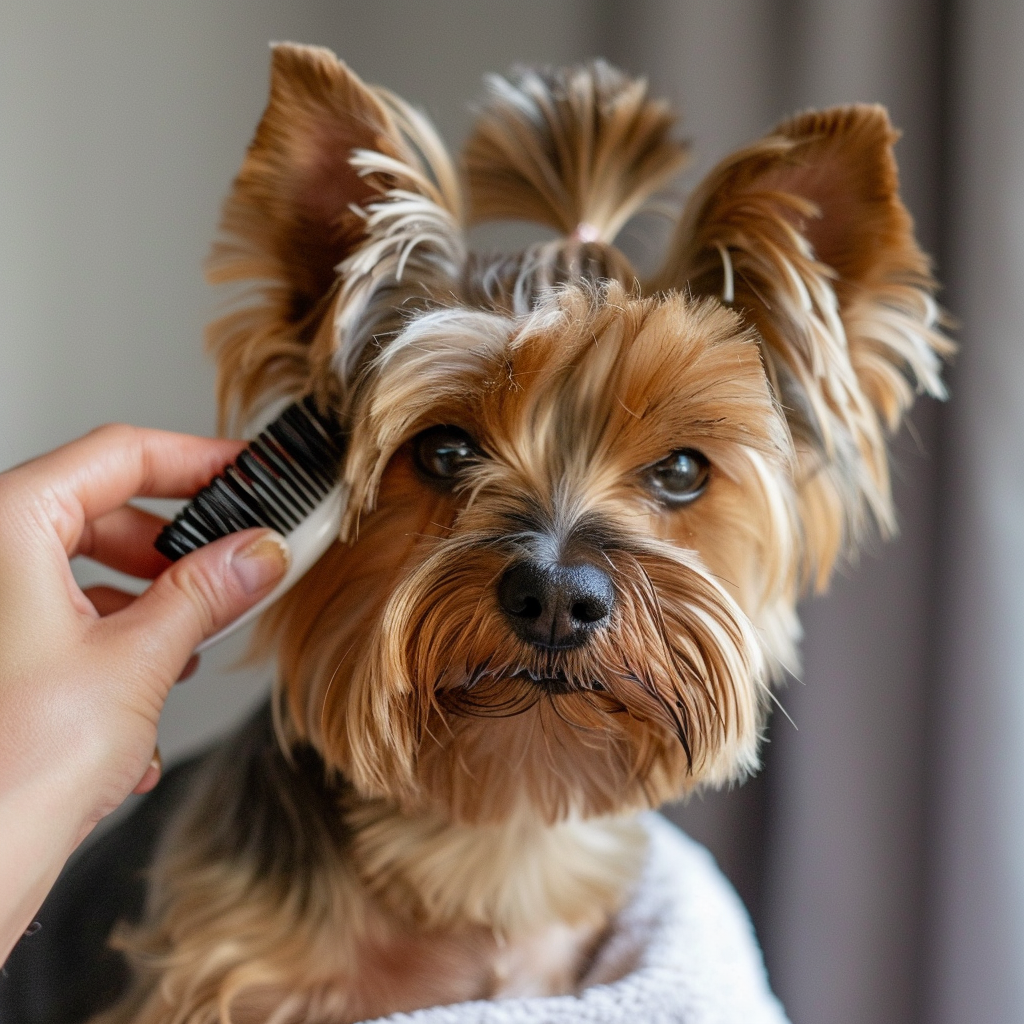
Brushing plays a vital role in a small dog’s grooming routine, transcending mere aesthetics to affect their overall health. The benefits of regular brushing extend beyond removing dead hair and detangling; it enhances skin health by stimulating blood circulation and distributing natural oils, which protect and nourish the skin and coat.
When choosing a brush, consider not just the immediate need but the long-term care of your dog’s coat. For example, undercoat rakes can significantly reduce shedding by removing loose undercoat fur without damaging the topcoat.
Engaging in a routine brushing schedule allows pet owners to inspect their dog’s skin for any signs of problems such as ticks, fleas, or skin conditions that might require attention. It’s also an excellent time to check for any lumps, bumps, or tenderness that could indicate health issues needing veterinary care.
For breeds with long hair, preventing mats is crucial, as they can become painful and lead to skin infections if left untreated. Starting brushing habits early in life can help dogs become comfortable with the process, making grooming sessions enjoyable bonding time rather than a struggle. Using treats and gentle praise to reward calm behavior during brushing can also help associate grooming with positive experiences.
2. Bath Time Basics

Bathing your small dog is about more than keeping them clean; it’s an opportunity to check their skin for issues such as dry patches, redness, or signs of allergies. The right shampoo can make a significant difference; for example, oatmeal-based shampoos can soothe irritated skin, while medicated shampoos may be necessary for dogs with specific skin conditions. Introducing your dog to bath time slowly, with plenty of positive reinforcement, can help alleviate fear and make the experience pleasant for both of you.
When bathing, pay special attention to rinsing thoroughly, as soap residue can cause skin irritation or infections. Also, consider the unique needs of your dog’s breed. For example, dogs with wrinkly skin may need their folds dried properly to prevent bacterial growth, while breeds with water-repellent coats should not be bathed too frequently to preserve their natural oils.
After the bath, a thorough drying process is crucial, especially in colder climates, to prevent chilling. Using a blow dryer on a low, cool setting can speed up drying, but always be mindful of your dog’s comfort and start introducing the dryer gradually to avoid stress.
The following article offers guidance on choosing an appropriate dog bath tub.
3. Nail Care
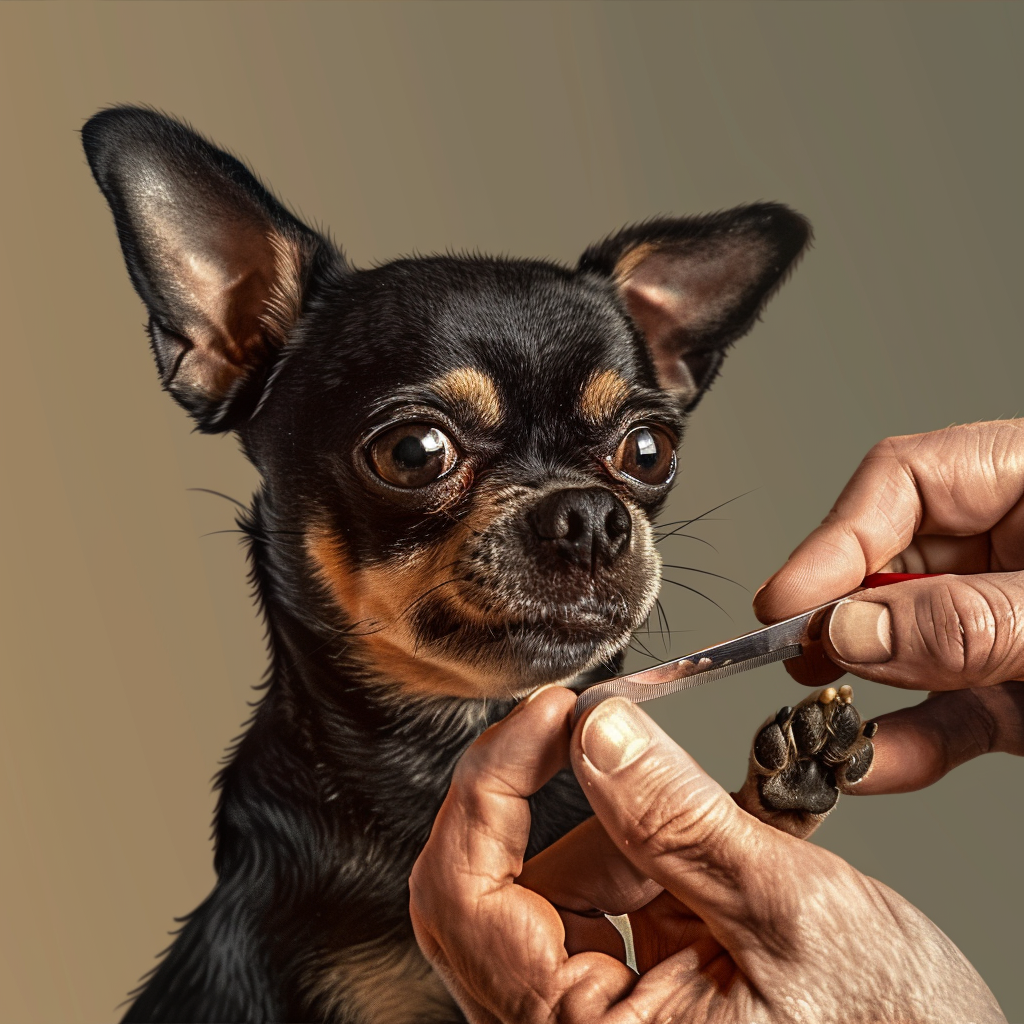
Maintaining the proper length of your dog’s nails is critical for their comfort and health. Overgrown nails can lead to a host of problems, including pain when walking, deformities in the foot, and even arthritis in the long term. For many dogs, the sound and sensation of nail clipping can be unnerving, so introducing them to the process gradually is key. Start by touching and handling their paws regularly without clipping to build trust.
There are also alternative methods to traditional clipping that might be less stressful for both pet and owner, such as nail grinders, which can smooth the nails gently but require time for dogs to become accustomed to the vibration and noise.
When trimming the nails, aim to cut small amounts regularly to avoid the quick, which can lead to bleeding and pain if nicked. For dogs with dark nails where the quick is not visible, err on the side of caution and trim very small amounts more frequently. Regular walks on hard surfaces can naturally help keep nails at a manageable length.
In this article on how to trim dog nails safely, PetMD suggests the following:
“Since nail trimming can be an anxiety-laden experience for many dogs, start handling your puppy’s feet and trimming their nails when they’re young, so they become accustomed to the process. Some dogs will sit in your lap or on a table while you clip their nails, while others may need some form of restraint.
Luckily, you can make the process more fun for your dog by letting them lick peanut butter off a silicone wall mat while you handle the nails.”
4. Dental Hygiene
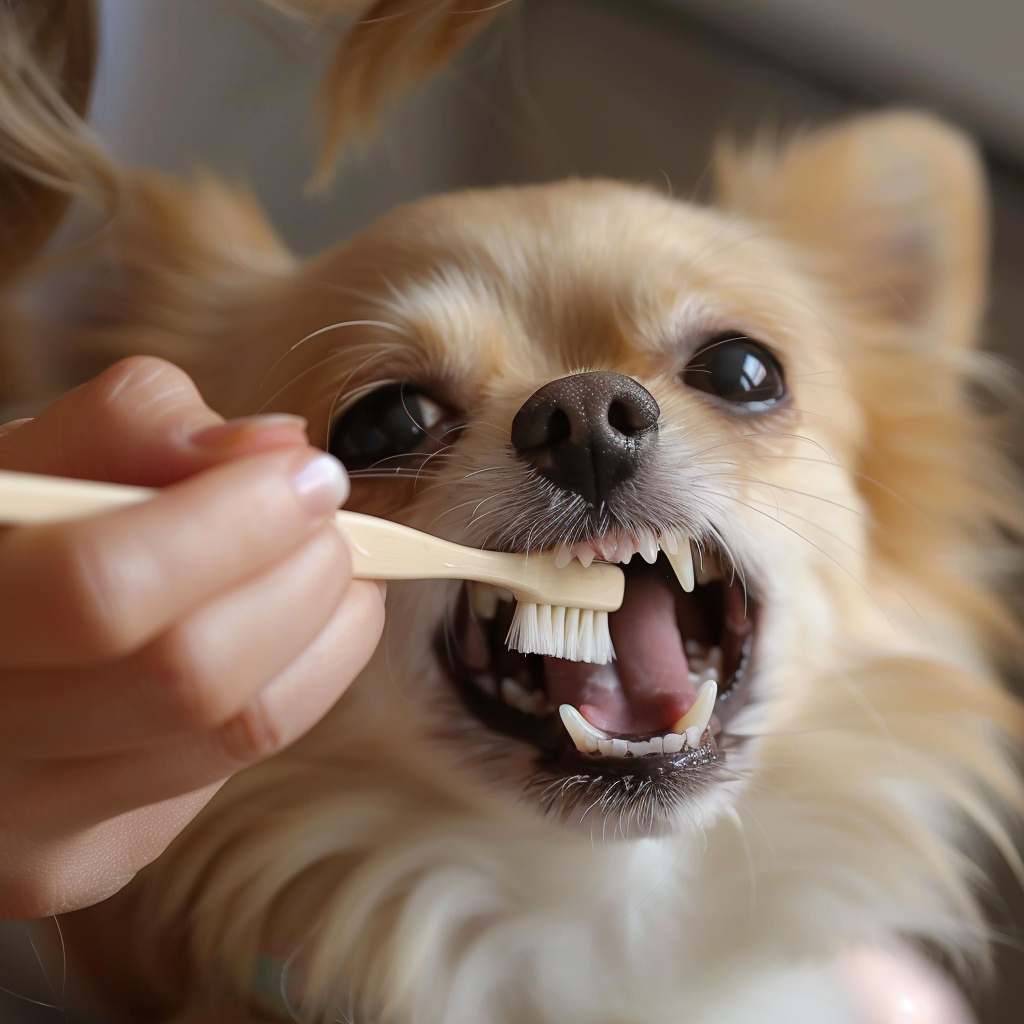
Dental health in dogs is often underestimated but is vital for their overall well-being. Dental issues can lead to more severe health problems, including heart disease. Introducing dental care early and making it a part of the daily routine is a way to make your doggo comfortable and open. Start with letting your dog taste the toothpaste and gradually work up to brushing a few teeth at a time until they are comfortable with the entire process. Using brushes designed for dogs and enzymatic toothpaste can make the experience more pleasant for them.
For dogs that resist brushing, dental wipes or oral sprays can provide an alternative means of reducing plaque and keeping their mouth healthy. Regular veterinary check-ups should include dental assessments, and professional cleanings may be recommended based on your dog’s specific needs. Chew toys and dental treats can also play a part in maintaining dental health by helping to remove plaque build-up through the natural action of chewing, but they should complement brushing rather than replace it.
5. Ear Cleaning
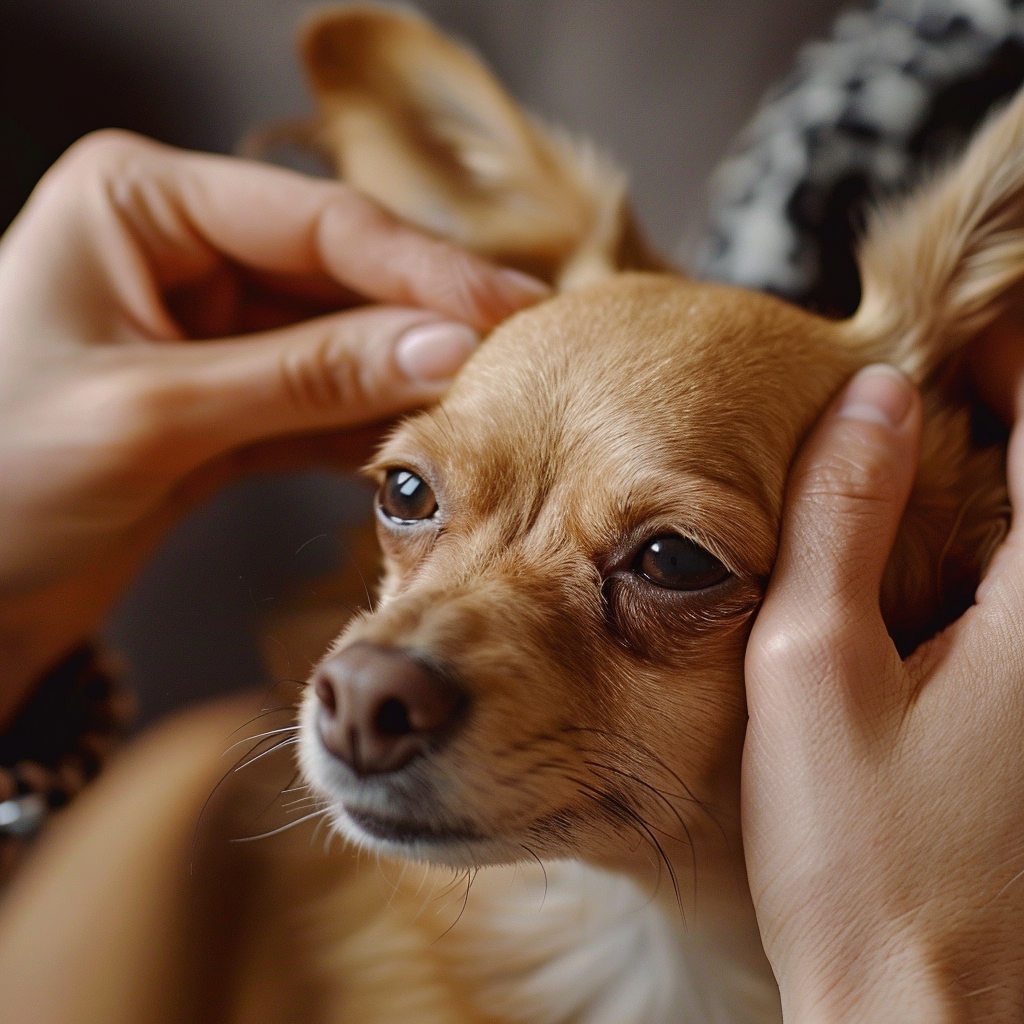
Regular ear cleaning is essential, especially for breeds prone to ear infections. Incorporating ear cleaning into your grooming routine can prevent the buildup of wax and debris, which can lead to infections. Using a veterinarian-approved ear cleaner, introduce the solution into the ear canal, then massage the base of the ear to help break up the debris. Allow your dog to shake their head to remove the loosened material, then gently wipe away any excess cleaner and debris from the outer ear with a cotton ball or soft cloth.
Be observant of any signs of discomfort, foul odor, or excessive head shaking after cleaning, as these could indicate an infection requiring veterinary attention. For dogs with floppy ears, regular checks are recommended since the reduced airflow can create a moist environment conducive to bacterial growth. Never insert cotton swabs or other objects into the ear canal, as this can push debris deeper and potentially damage the ear.
6. Eye Care
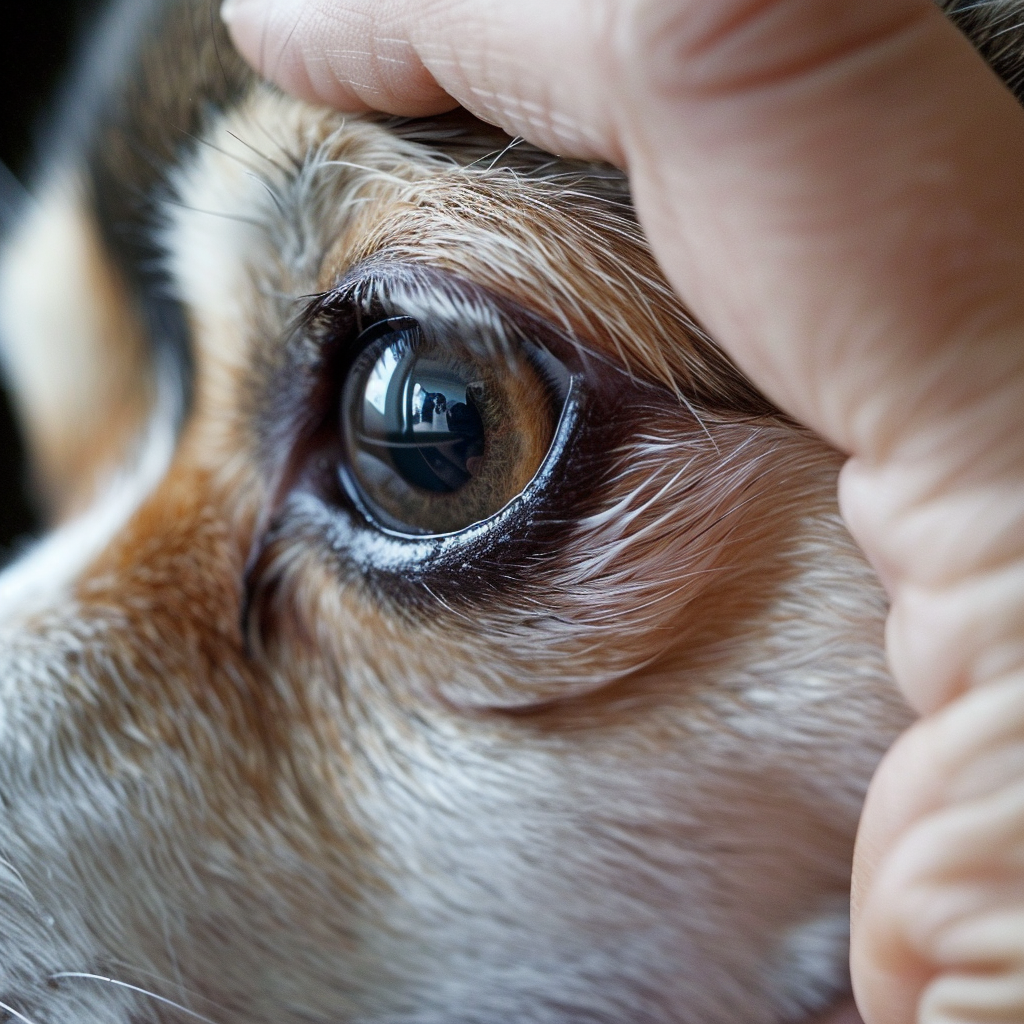
Eye care for dogs involves regular cleaning and monitoring for signs of infection or irritation. Gently wiping the area around the eyes with a soft, damp cloth can remove dirt and discharge. Breeds with protruding eyes or those prone to tear stains may require daily cleaning to prevent infection. Always use products formulated for dogs, as human products can be harmful.
Monitoring your dog’s eyes for changes in appearance, discharge, or behavior (like squinting or rubbing) can help catch issues early. Some breeds are predisposed to certain eye conditions, so being aware of these risks and discussing them with your veterinarian can ensure you’re taking all necessary precautions to maintain your dog’s eye health.
7. Professional Grooming
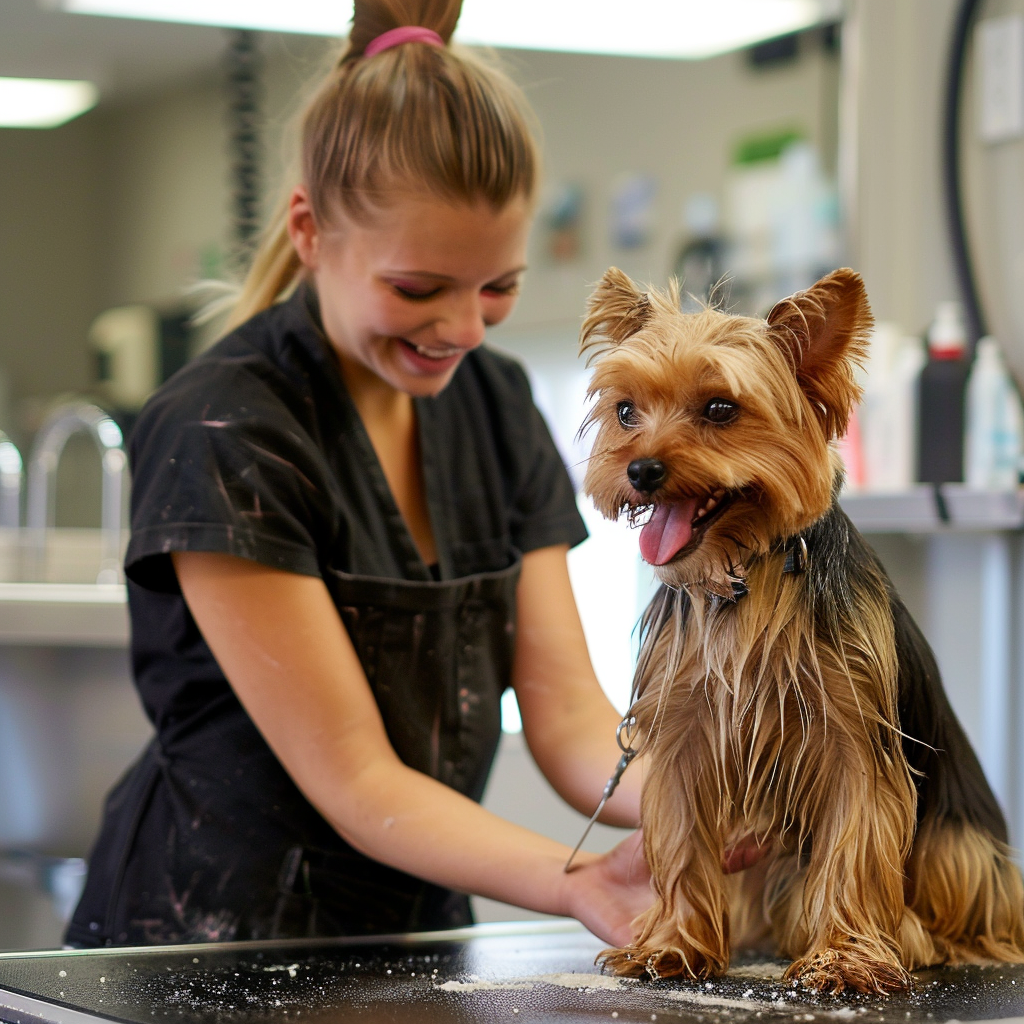
While many aspects of grooming can be handled at home, professional groomers offer a level of care and expertise that can be invaluable, especially for breeds with specific grooming needs.
They can handle tasks that might be difficult or stressful to perform at home, like deep cleaning for breeds with dense undercoats or safely trimming hair around sensitive areas. Groomers can also provide advice on maintaining your dog’s coat between visits and identify potential health concerns, such as skin issues or parasites, that may not be immediately apparent.
Choosing a groomer should involve research and recommendations; look for someone experienced with your breed and who practices safe, gentle handling. Regular professional grooming sessions, tailored to your dog’s needs and comfort level, can complement your at-home care routine, ensuring your dog looks and feels their best.
In this article on why its important to have your dog professionally groomed, American Kennel Club says this:
“In addition to keeping your dog looking and smelling great and being a time-saver, professional grooming offers these health benefits:
- Regular (but not too frequent) baths wash away dirt and help prevent skin irritations.
- Detangling keeps coats from becoming matted and causing painful pulling on the skin.
- Using correct brushes for coat type removes damaged and dead hair, allowing new growth for a healthy coat.
- Careful brushing distributes the dog’s natural oils and gets rid of dead skin.
- Handling during grooming allows early detection of lumps, bumps, and skin irritations.
- Nail trimming reduce the risk of nail tears and cracks and painful posture.”
Conclusion
In conclusion, the comprehensive care of a small dog extends beyond routine feeding and exercise to encompass a detailed grooming regimen tailored to their unique needs. From the selection of appropriate tools and products to the establishment of a regular grooming schedule, each aspect plays a pivotal role in not only maintaining their physical appearance but also in ensuring their overall health and well-being.
By approaching grooming as a holistic practice, pet owners can enhance their bond with their furry companions, preemptively address potential health concerns, and provide a nurturing environment that allows their pets to thrive. Embracing these grooming practices with patience, care, and attention to detail will ensure that your small dog enjoys a happy, healthy, and well-groomed life.



